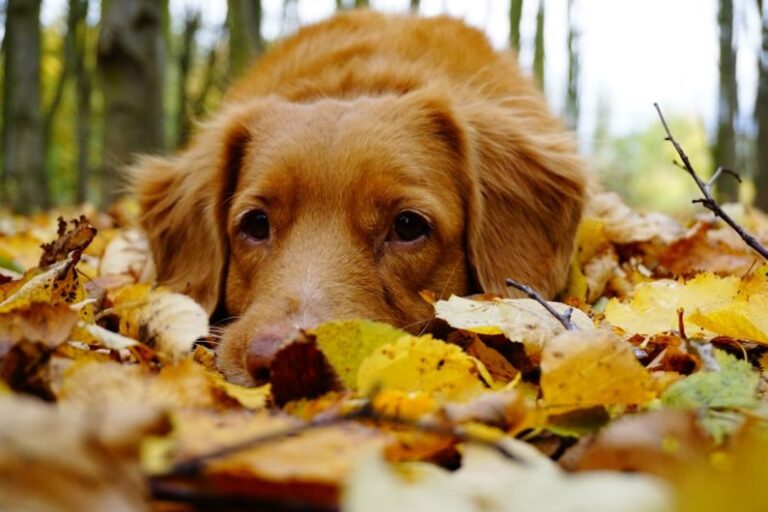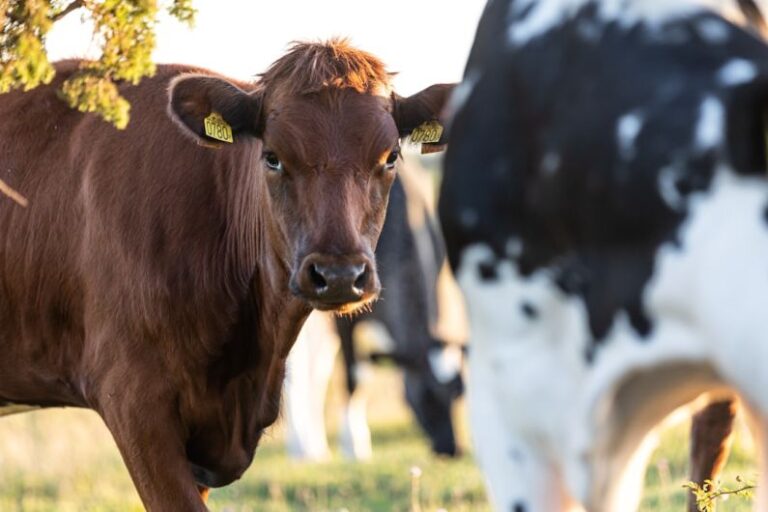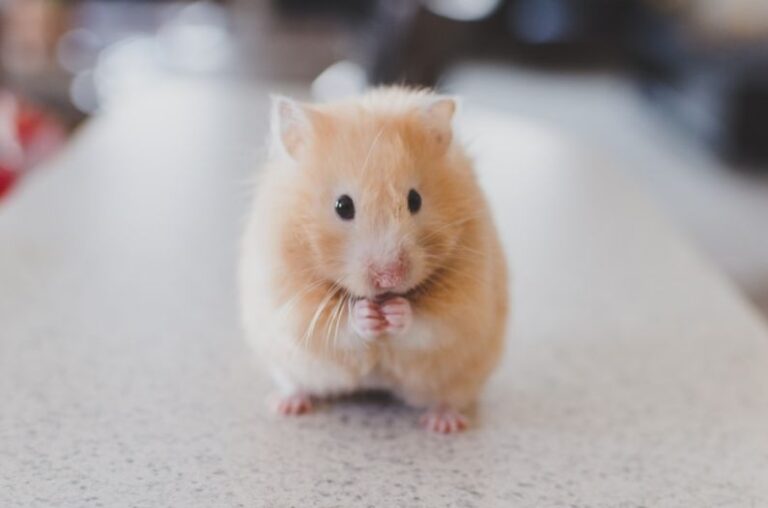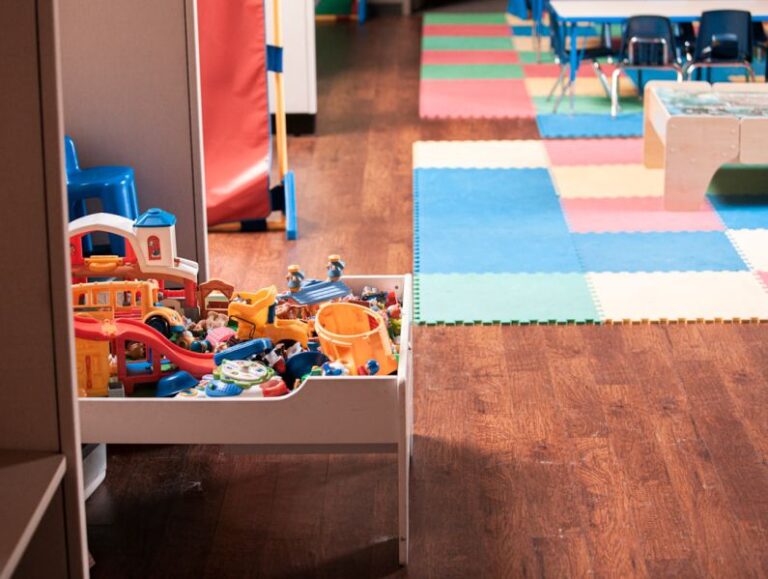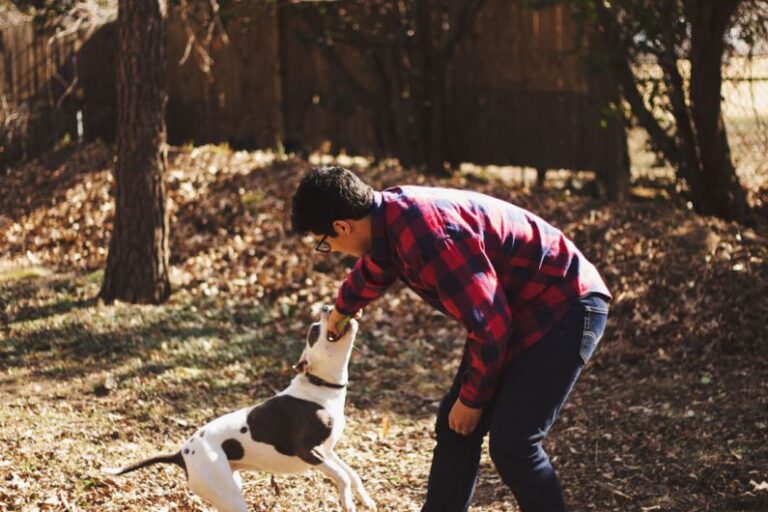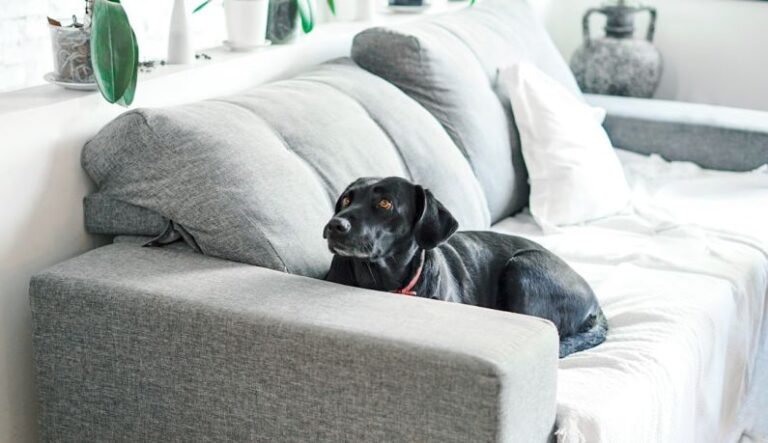How to Pet-proof Your Home and Garden
Pets bring joy and companionship to our lives, but they can also wreak havoc on our homes and gardens if we’re not careful. From chewing on furniture to digging up flower beds, our furry friends can sometimes cause quite a bit of damage. However, with a few simple precautions, you can pet-proof your home and garden to keep both your pets and your property safe.
**Identify Potential Hazards**
Before you start pet-proofing your home and garden, it’s important to identify any potential hazards that could be harmful to your pets. This includes toxic plants, chemicals, sharp objects, and small items that could be swallowed. Walk through your home and garden with a fresh set of eyes, looking for anything that could pose a danger to your furry companions.
**Secure Trash Bins**
Pets are notorious for getting into trash cans and making a mess. To prevent this, make sure to secure your trash bins with lids that lock or use bins that are stored in a cabinet or pantry. This will not only keep your home clean but also prevent your pets from ingesting anything harmful.
**Protect Your Furniture**
If you have a pet that loves to chew, scratch, or climb on furniture, it’s important to protect your pieces from damage. Consider using pet-friendly furniture covers or sprays that deter pets from scratching or chewing. Providing designated scratching posts or toys can also help redirect your pet’s energy away from your furniture.
**Create Boundaries**
Creating boundaries in your home and garden can help keep your pets safe and prevent them from getting into areas where they shouldn’t be. Use baby gates or pet gates to block off rooms or areas that are off-limits to your pets. In the garden, consider using fencing or raised beds to keep your pets out of flower beds or vegetable gardens.
**Choose Pet-Safe Plants**
When planting in your garden, make sure to choose pet-safe plants that are non-toxic to your furry friends. Some common plants that are toxic to pets include lilies, azaleas, and oleander. Research pet-friendly plants and flowers to ensure that your garden is a safe and enjoyable space for your pets to explore.
**Store Chemicals Safely**
Household chemicals such as cleaning products, fertilizers, and pesticides can be toxic to pets if ingested. Make sure to store these items in a secure location that is out of reach of your pets. Consider using childproof locks on cabinets or storing chemicals in high cabinets to prevent accidental poisoning.
**Provide Plenty of Toys and Enrichment**
Pets that are bored or under-stimulated are more likely to get into mischief around the house or garden. Provide plenty of toys and enrichment activities for your pets to keep them mentally and physically engaged. Interactive toys, puzzle feeders, and regular playtime can help prevent destructive behaviors.
**Regularly Inspect Your Home and Garden**
Even with precautions in place, it’s important to regularly inspect your home and garden for any potential hazards that may have been overlooked. Check for loose wires, small objects, or other dangers that could pose a risk to your pets. By staying vigilant and proactive, you can ensure a safe environment for your furry companions.
**In Conclusion: Ensure a Safe Environment for Your Pets**
Pet-proofing your home and garden is essential to ensure the safety and well-being of your pets. By identifying potential hazards, securing trash bins, protecting your furniture, creating boundaries, choosing pet-safe plants, storing chemicals safely, providing toys and enrichment, and regularly inspecting your home and garden, you can create a safe and enjoyable space for your furry friends to thrive. Remember, a little effort in pet-proofing now can prevent accidents and costly damage in the future, allowing you and your pets to coexist harmoniously in your home and garden.

